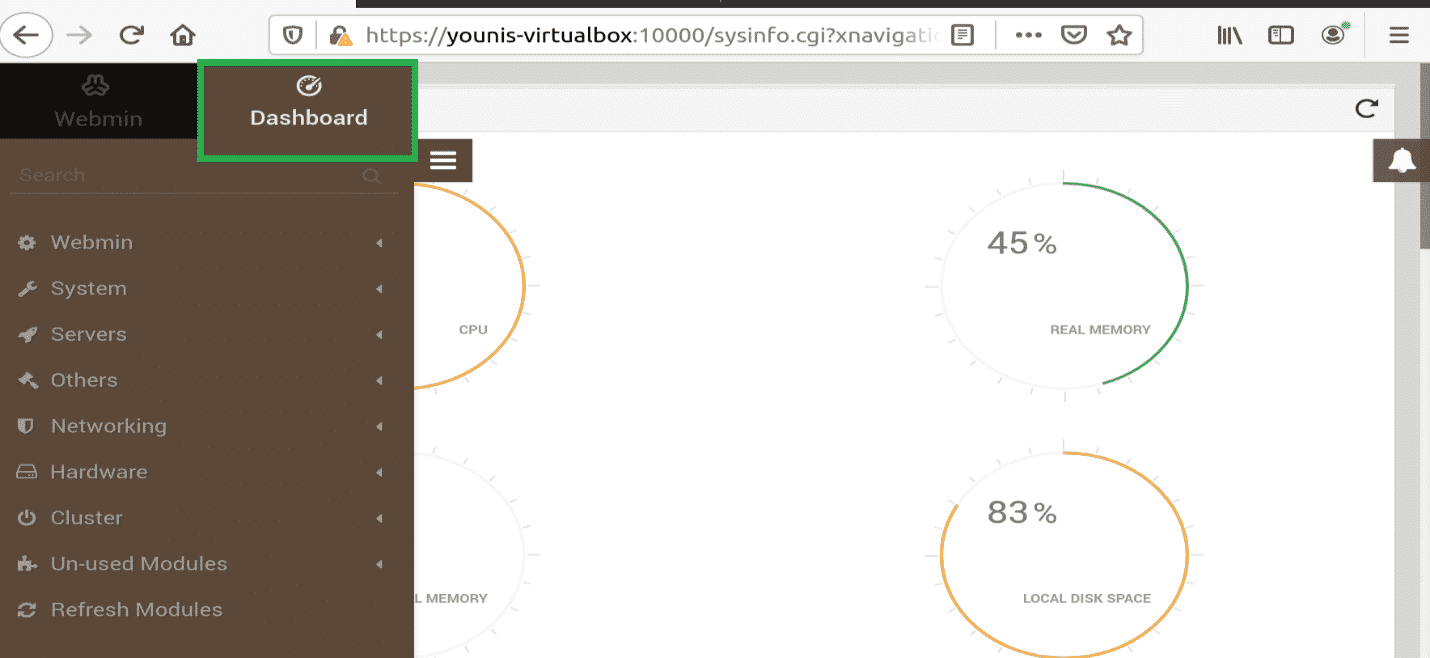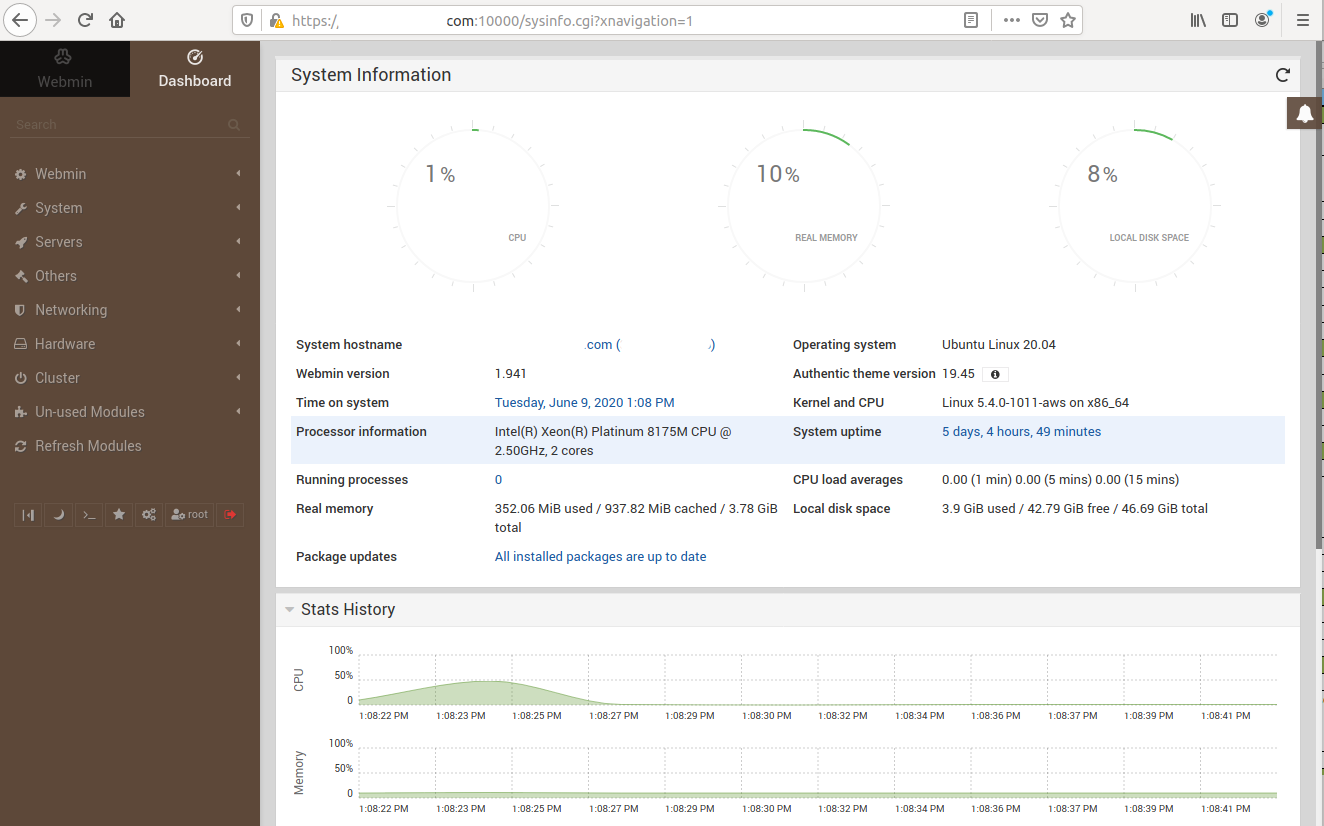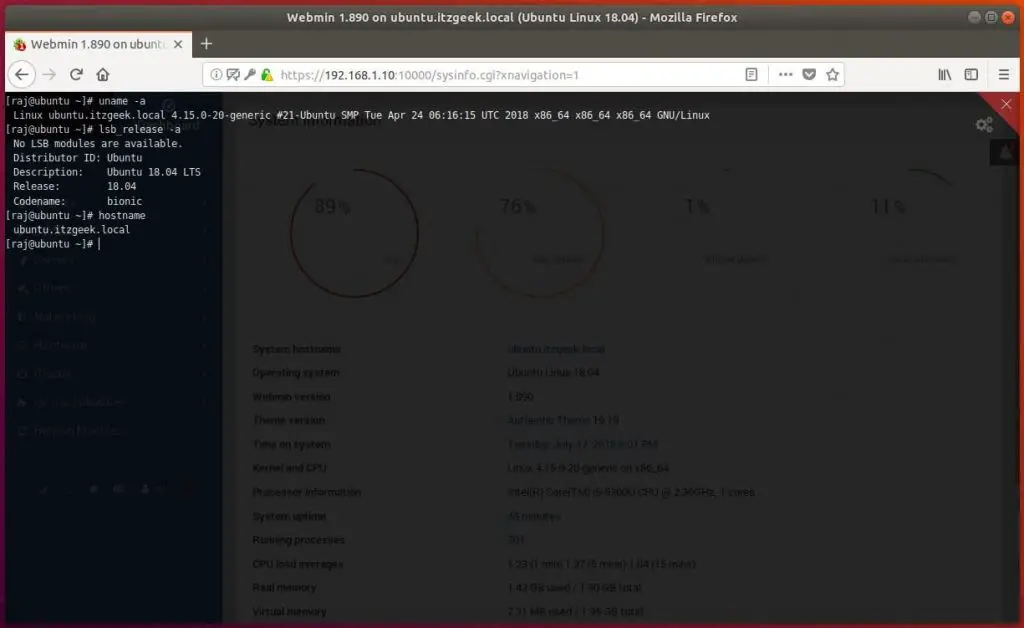
Great!! Let’s now restart Nginx server $ sudo systemctl restart nginx To ensure that there are no syntactical errors in any of our Nginx files, execute $ sudo nginx -t We are then going to enable the server block by issuing the following command $ sudo ln -s /etc/nginx/sites-available/ /etc/nginx/sites-enabled/ Ignoring the commented lines, the configuration should resemble the one below server We are then going to open the file using a text editor and make a few modifications $ sudo vim /etc/nginx/sites-available/ We are going to create our domain’s server block and later copy the default server to it and make some modifications.Īs indicated above, we shall create our first server block config file by copying over the default file: $ sudo cp /etc/nginx/sites-available/default /etc/nginx/sites-available/ Nginx contains one server block called default, which we can use as a template for our own configurations. Modify permissions $ sudo chmod -R 755 /var/www Step 4 – Configure Nginx server block With our directory in place, we are going to reassign ownership to our regular user account $ sudo chown -R $USER:$USER /var/www//html In this case, we shall have $ sudo mkdir -p /var/www//html We are now going to set up a root directory for our site. By default, Nginx has only one server block which is configured to server documents from /var/www/html directory Next, we are going to configure Nginx server block. The dashboard below will appear Step 3 – Set up the document root directory

Enter the correct user details and click on ‘Sign in’ webmin login page You will be presented with a login screen as shown. To proceed to the main dashboard, click on the “Advanced” tab and click on proceed to the URL address webmin url not secure

Don’t worry, this is because Webmin does not yet have an SSL certificate, which we shall be installing in the next steps. The URL bar indicates that the site is not encrypted and is therefore not recommended to proceed. Syntax In our case, we shall go to webmin login connection is not private

With the port allowed in the firewall head over to your browser, and enter your domain with the suffix :10000 at the end of the URL To verify that port 10000 is open, run the following command $ sudo ufw status To add port 10000 in ufw firewall execute $ sudo ufw allow 10000/tcp This is the port which we are going to access Webmin’s interface. Now that we have successfully installed Webmin, we are going to allow port 10000 in the firewall. Now install Webmin using the command below $ sudo dpkg -i b install Webmin on Ubuntu 18.04 LTS
Ubuntu install webmin download#
Thereafter, download the Webmin deb package $ cd /tmp & curl -L -O Next, let’s install the prerequisite packages $ sudo apt install python apt-show-versions libapt-pkg-perl libauthen-pam-perl libio-pty-perl libnet-ssleay-perl
Ubuntu install webmin update#
To begin with, we have to add Webmin’s repository so that we can install and manage Webmin using the apt package manager.įirst, let’s update our system repositories $ sudo apt update That's it all installed Now you have got a lot of modules you can install most of which can be done via webmin itself.Without much further ado, let’s dive in! Step 1 – Installing Webmin deb package, download that and then just install like a regular debian package. Now then, we have that just go to their website: Īnd then on the left hand side you will find a link to download a. All you need to do then is type in your Ubuntu box IP and log on as usual. You can download putty and install it on your desktop.
Ubuntu install webmin software#
This is so that we can remotely use software like putty to access the shell. Installing webmin is relatively easy, first we will deal with the dependicies, at ubuntu terminal type There are modules for different softwares available at:

Webmin is basically a program made of different modules that make system administration easy. Webmin removes the need to manually edit Unix configuration files like /etc/passwd, and lets you manage a system from the console or remotely." - Webmin official website Using any modern web browser, you can setup user accounts, Apache, DNS, file sharing and much more. "Webmin is a web-based interface for system administration for Unix.


 0 kommentar(er)
0 kommentar(er)
